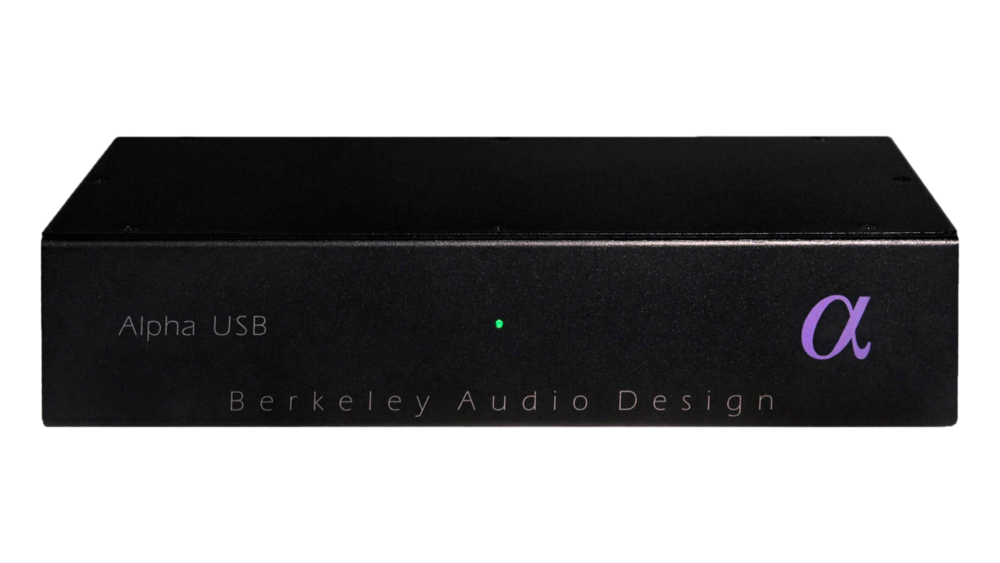نتایج ما از یک سورس دیجیتال خوب تو میکرو :
- در صورت استفاده از کامپیوتر ورودی یو اس بی USB (نسخه های 2 و بالاتر) بهتر از SPDIF و بقیه ورودی ها هست اگر USB خوب پیاده سازی بشه بصورت آسینکرون Asynchronous USB و حذف نویز کامپیوتر . اینو هم تورستن میگه هم گوردون طراح Wavelength
- بیت پرفکت بودن یعنی آپ سمپل نشدن NOS (Non-Oversampling) و عدم استفاده از فیلتر دیجیتال و بطور خلاصه هیچ تغییری روی دیتای دیجیتال ندادن. این موضوع رو هم Peter Qvortrup طراح Audio Note و 47Lab میگه و هم رومی و تورستن (طراح AMR) و طراح Lampizator (آقای Lukasz Fikus ) خیلی روش تاکید دارند و طراح Wavelength (آقای Gordon Rankin) هم همین اعتقاد رو داره. همه اینها با دستکاری دیتای دیجیتال و هر نوع پردازش حتی ساده مخالفند. تمام DSP ها کارشون دستکاری دیتای دیجیتال هست.
- عدم استفاده از op-Amp و فیلتر خروجی و در مقابل استفاده از خروجی لامپ و ترانس که Tim طراح EAR و طراح Audio Note و طراح Lampizator بهش اعتقاد دارند.
- برق Power Supply خوب
- حذف کامل جیتر Jitter
در مورد این DAC USB شرکت Wavelength Audio بیشتر بخونیم :
Cosecant USB DAC by Gordon Rankin
http://www.6moons.com/audioreviews/wavelength3/cosecant.html
– The Cosecant v3 connects the USB controller to a DAC module. The USB firmware to run that DAC module resides there so each module has its own developed code. The output of the module connector is sent directly to the 6GM8/ECC86 dual triode output tube, which drives the transformer-coupled output.
– The Cosecant has an external power supply with IEC connector to isolate the power from the DAC and its audio transformers.
– This is my own design and I wrote the software (1,800 lines of code for the USB controller to do what it does) like no one else does on the planet.
– The DAC featured in this review uses Asynchronous USB mode as do the Crimson. The USB interface is bidirectional, and has built-in error correction and buffering at both ends; it is an asynchronous interface. Clocking synch problems associated with SPDIF are not present with USB. The result is that the data on the disk is identical to what is leaving the DAC all the time. At start-up, the DAC tells the computer it can handle 16 bit audio at 32K, 44.1K and 48K. Since the USB receiver only has to handle these 3 frequencies, the clocking to the DAC has almost no jitter. SPDIF actually has to be synched to the exact frequency of the transport (i.e. if the transport is working at say 44.0896K instead of 44.1K the DAC has to sync to that frequency). Therefore the jitter problems of SPDIF are all but eliminated. The result is a zero error protocol to link between computer and DAC, with ultra low jitter.
– None of these DACs use any type of operational amplifiers (opamps) in their design. The DAC module is the only solid-state portion of the overall DAC.
– The output stage of each of these products is the key design element which is responsible for their overall sound.
– These DACs incorporate the TDA1543N2 (select top 5%) DAC chips with passive I/V using Shinko Tantulum resistors in a configuration that does not use analog or digital filters. Some people call these NOS DACs or what I call zero DACs. The data input is the data output without any up/oversampling or other manipulation, which seems to make for a very analog presentation.
http://www.goodsoundclub.com/Forums/ShowPost.aspx?PageIndex=1&postID=8265#8265
Well, I admit that I was clueless on the subject but I was intrigued and I consulted my engineering recourses. It turned out that what I proposed above was not exactly accurate: for instance regular computers do not use I2S bas interface…
To make the long story short: For a computer the USB port is a devise of the same hierarchy as sound card and there is not different for a computer to where output stream: to a driver on the sound card or to the driver the sit behind the USP port designation. With identical drivers used the ASE/EDU interface has fundamentally lower jitter interface, where the min jitter for USB is not even included in the USB standard. So, with identical design (more of the time used) the USB has no chance to be superior.
There is a catch however. With proper design, when USB is made not for utilitarian purposes but for high quality transfer, the USB has internal chance to be way more advanced. The ASE/EDU is forward-only interface where stream flows only in one direction with data mixed with clock marks. The USB is full duplex or bi-directional interface where stream flows in both ends. This enables designers to put a clock that might everything on the receiver side (DAC) and let this clock to manage the USB’s and even reader timing. USB sends data in burps by requests of by scheduled timing, this marks all might be managed by receiver side clock. In ASE/EDU the receiver shell recognize the timing marks and PLL or re-clock data. In USB there are no needs for PLL or re-clocking as the data arrives at the marks of the original clock. The USB in this case acts like an elephant that sticks a long trunk to another devise and sucks juice… according to my consultants this USB implementation is the most proper way to do the things. Or course no one knows HOW the USB is managed even if a DAC has USB port…
The Cat
Read More



